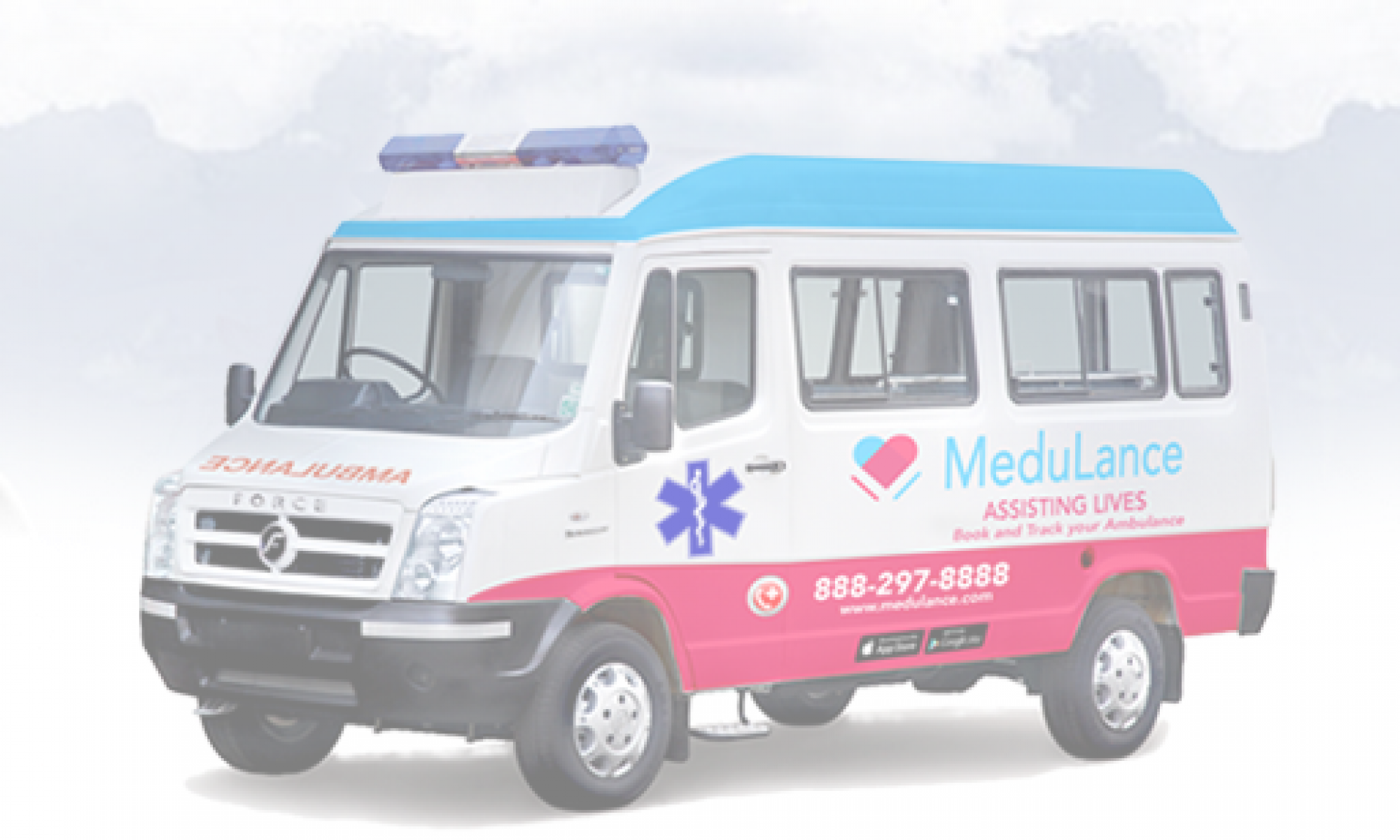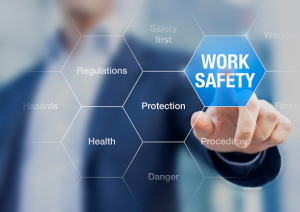Employee safety refers to the provision of a safe working environment for employees through the use of safe equipment and processes in the workplace to ensure worker safety. Employee safety is critical for maintaining a good safe work environment, which improves morale and efficiency, and contributes to the company’s growth and profitability. Employee safety procedures that are not followed may result in legal and financial consequences. Safety training, periodic safety inspections, and the provision of appropriate personal protective equipment (PPEs) are all part of an organization’s employee safety responsibility.
Who is responsible for workplace health and safety?
There’s no questioning the significance of workplace health and safety – keeping employees, visitors, and customers safe should be a top priority for all organisations. Accidents in the workplace and work-related illnesses not only affect people, but can also harm employee morale, devastate your brand’s reputation, and cost your company a lot of money.
However, guaranteeing proper health and safety is a large effort, and when it comes to selecting who should be in charge, people are frequently eager to delegate responsibility to someone else. It is simply too large a burden for a single person to be exclusively accountable for workplace health and safety. As a result, the Health and Safety Executive (HSE) expects business owners, managers and supervisors, contractors, and employees at all levels to share responsibilities.
However, this does not imply that tasks are distributed evenly. Staff in various roles will have distinct health and safety responsibilities to uphold. Employers, for example, bear more responsibility than their employees since they are held accountable for their employee’s safety and well-being.
Employer health and safety responsibilities
When it comes to workplace health and safety, business owners and employers bear the biggest responsibility. They are required by law to protect their employees and anybody else who may be harmed by their business safety, including customers, visitors to the workplace, temporary workers, and contractors.
Employers must carry out the following duties to meet their health and safety obligations:
Employers must evaluate the workplace, identify health and safety concerns, and analyse the risks they pose by following the five steps to risk assessments. They must examine who might be at risk and how to keep them safe. Employers must apply adequate safety measures and write method statements for high-risk tasks after identifying and evaluating risks.
Employers must take into account the health and safety of everyone on the grounds or who may be affected by their operating activity. This covers all employees, contractors, part-time workers, and individuals with special needs, such as pregnant mothers or people with impairments.
Employers must adopt adequate health and safety measures by providing for the installation, maintenance, and supervision of any equipment or activity required to keep employees safe. This could include giving PPE (Personal Protective Equipment), upgrading ageing equipment, or offering further training to your employees.
A health and safety policy specifies a plan of action that has been chosen to influence workplace decision-making and guide workplace health and safety initiatives. Health and safety policies are frequently defined as a set of regulations that are defined at the federal level and executed by specific workplaces. Public intermediary corporations may also be utilised to design policy in some jurisdictions.
Also Read: 13 Steps To Encouraging Employees in Developing New Healthy Habits
If a company decides to utilise the Health and Safety Law poster to communicate with their employees, they should think about where and how many they display. Posters displaying the Health and Safety Law must be displayed prominently on all business premises in an area where all personnel may view.
A hazard reporting programme is an excellent approach to guarantee that your company is always concerned about employee safety. It fulfills employees’ rights to raise concerns about their working environment, and it’s a good way for supervisors and managers to identify hazards and initiate corrective action.
Making sure your staff know and understand the need of reporting any risks they face while performing their day-to-day activities is critical for hazard reporting programmes to operate. This is where training in danger reporting comes in.
This has been a trying year for all of us. Life was upended again just as we were returning to normalcy following the first wave of the pandemic. And it was even more heartbreaking this time. While we were all in the same storm, everyone felt the effects in different ways: recuperating from illness, needing to care for ailing family members, making do with what money we had, grieving the loss of colleagues and loved ones, balancing work and family, and so much more.
There was a lot of fear, worry, loss, grief, anxiety, and uncertainty in the air. This includes our workplaces.
Implementing health and safety in the workplace aids in the assessment of potential risks and the identification of serious hazards. It also helps you to put safeguards in place to protect your organization’s workers and environment. These critical measures are critical for lowering the expenses associated with safety failures.
By adopting health and safety at work principles to the greatest extent practically practicable, you will create a safe atmosphere while also saving your company time and money in the long run. Medulance renders rental ambulances for companies, so that the employers and the employees feel in their workplace.
If you have any further questions or would like to learn more, please do not hesitate to contact us.


